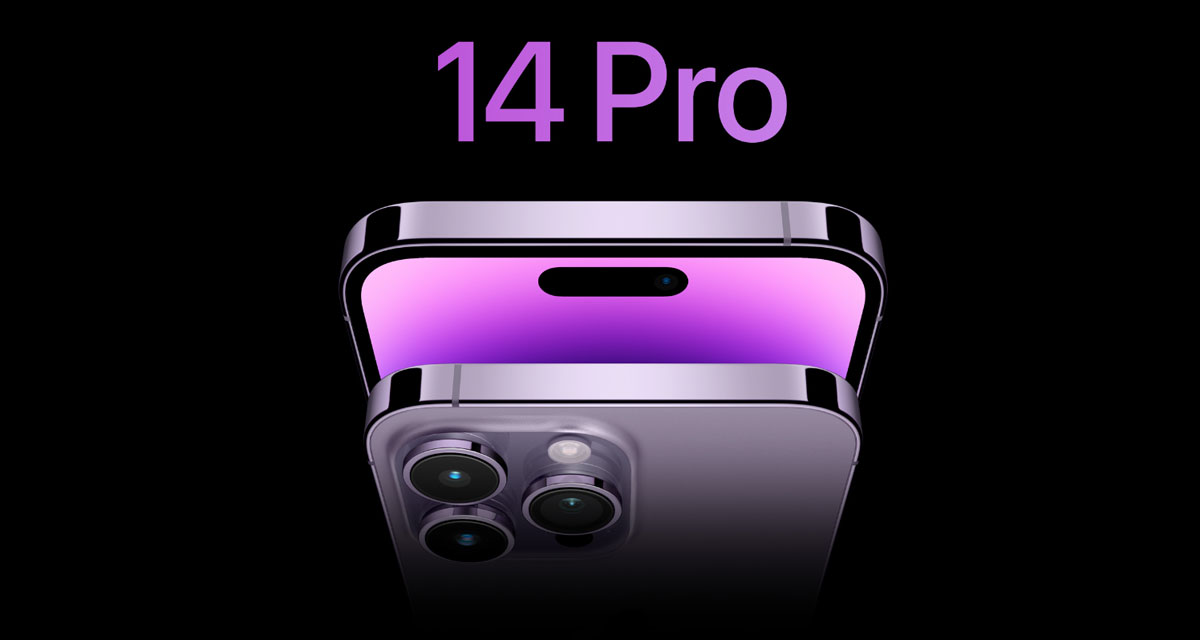How is Wi-Fi 7 different from previous versions?
While many people have just upgraded to Wi-Fi 6E, some may be contemplating moving to Wi-Fi 6E. However, their successor is already in progress. It is the next significant advancement on the horizon, and it promises lower latency, faster connectivity, and being able to handle many connections than ever before, just like its predecessors.
In addition, if you want to upgrade your Wi-Fi right now, then Wi-Fi 7 may not be the right choice because it won’t be available for another year (and, in reality, it will take quite a while before most people should even consider it).
What is Wi-Fi 7?
The 7th generation Wi-Fi offers significant improvements over Wi-Fi 6E and Wi-Fi 6. It could also offer speeds up 4-times faster. In addition, Smart advances are made to increase capacity, improve stability, lower latency and efficiency.
It was IEEE 802.11be under the old naming convention. Wi-Fi 5 used IEEE 802.11ac, and Wi-Fi 6 used IEEE 802.11ax. Wi-Fi 7, like other standards, will be backward compatible. However, you will need to upgrade your devices to use the new features and increased performance it promises. This means the purchase of access points and new routers, not to mention laptops, smartphones, TVs, etc.
What Are The Advantages?
Wi-Fi 7 will be quicker, allow for more connections, and be more adaptive to ensure low latency. These benefits will aid in delivering improved cloud gaming and high-quality video. Additionally, they will support Virtual reality (VR) and Augmented reality (AR) applications that require low latency and high throughput.
It also addresses interference and congestion, providing substantial improvements to locations with densely packed devices or overlapping neighboring networks. The latter is especially important for larger venues and businesses.
What Is the Difference Between Wi-Fi 7 and Wi-Fi 6E?
You might be wondering what separates 7th generation Wi-Fi from Wi-Fi 6E, which promises similar advantages to previous standards, opening up the 6-GHz frequency band. Especially considering Wi-Fi 7 will use the same 3 bands 6-GHz, 5-GHz, and 2.4-GHz. These are some of the notable upgrades.
- Higher (Quadrature Amplitude Modulation) QAM
QAM, also known as Quadrature Amplitude Modulation, is a technique to receive and transmit data in radio-frequency signals. The higher the value, the more information you can gather. In addition, Wi-Fi 5 can only use 256-QAM, Wi-Fi 6 can use 1024-QAM, and Wi-Fi 7 can use 4K-QAM.
The signal intensity, interference, and background noise confound potential benefits. As QAM increases, the range decreases, necessitating a stronger signal. So, the upgrade to 1024-QAM in Wi-Fi 6 provided a 25% increase in data rate over Wi-Fi 5. The upgrade to 4K-QAM in Wi-Fi 7 results in a 20% boost in peak performance.
- Wider Channels
Each band is divided into channels. Each channel in the 2.4-GHz band has 11 channels with 20 MHz (megahertz). Although the 5-GHz band contains 45 channels, it is not limited to a bandwidth of 20 megahertz. Instead, they can be combined to create 80-MHz or 40-MHz channels. In addition, 60 channels are supported in the 6-GHz band and can be extended to 160 MHz with Wi-Fi 6E. It can support channels up to 320 MHz in width. The greater the channel’s bandwidth, the more data it can transmit.
Furthermore, one simple example is to consider how much traffic a single-lane road can manage compared to a six-lane superhighway or three-lane highway.
- Multi-Link Operation (MLO)
MLO (Multi-Link Operation) is perhaps the most intriguing advancement in Wi-Fi 7. Each prior Wi-Fi standard has established a single-band connection between two devices. A tri-band Wi-Fi 6E router can connect two devices over a fixed channel on a single band. (The router determines whether to connect on the 6-GHz, 5-GHz, or 2.4-GHz bands).
Wi-Fi 7 routers can connect to Wi-Fi 7 devices via two or multiple channels in various bands simultaneously. Furthermore, Multi-Link Operation can combine many frequencies from different bands into a single connection. MLO may allow for larger channels capable of carrying more data—to return to our highway analogy, you could send traffic on both the superhighway and the highway simultaneously.
MLO allows for faster performance, even though speed is not always the most important. Wi-Fi 7 routers can consider congestion and other interference and send on the best channel to bypass them. This will maintain a stable connection with low latency and high reliability.
7th generation Wi-Fi also improves existing technologies, such as TWT, MU-MIMO, and OFDMA.
When Will Wi-Fi 7 Become Available?
Although it will be over a year before we see the first Wi-Fi 7 routers and devices, the new standard is starting to take shape. Qualcomm’s Wi-Fi 7 chipset and the Networking Pro Series platform have been unveiled. These platforms can deliver up to 33 Gbps (Gigabits/Second) of quad-band connection over 16 streams. Its technologies are already being integrated into devices by partners. MediaTek Inc. and Broadcom Inc have also launched Wi-Fi 7 technologies. Many vendors will announce their plans in the months ahead as the Wi-Fi Alliance Company finalizes and formally designates the new standard.
ABOUT AUTHOR
Over 4 years’ experience in the research industry. Experience with research and consulting projects, catering to domains such as ICT, Health & Pharma, and packaging. Managed projects on both B2B as well as B2C perspectives, which includes consumer preference analysis, interviews with key executives, etc








